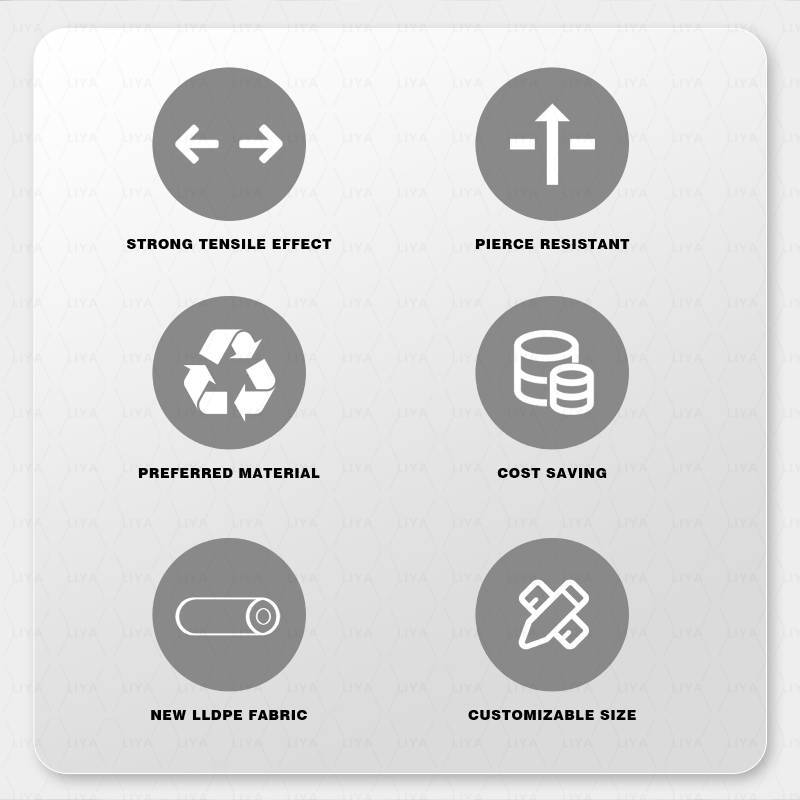paper lipstick packaging
The Evolution of Lipstick Packaging An Artful Intersection of Functionality and Aesthetics
Lipstick is one of the most enduring and beloved beauty products worldwide. Its history spans centuries, reflecting cultural shifts, advances in technology, and changing beauty ideals. However, while the formulation of lipstick tends to receive most of the attention, the packaging—often overlooked—plays a vital role in shaping consumer experience and brand identity. As we delve into the world of lipstick packaging, we uncover how it has evolved into an artful expression that balances functionality with aesthetic appeal.
Historical Context
The origins of lipstick can be traced back to ancient civilizations. The Sumerians and Egyptians used crushed gemstones and other materials to color their lips, often packaging them in carved stone containers. Fast forward to the 20th century, lipstick packaging began to evolve with industrialization. The introduction of metal tubes in the 1920s marked a pivotal moment; this was not only to enhance usability but also to create a more sophisticated appearance. The quintessential red lipstick became a symbol of empowerment, especially during World War II when women entered the workforce in unprecedented numbers.
The Role of Functionality
At its core, lipstick packaging must serve its primary function to protect the product while allowing for easy application. Early packaging methods included glass jars and pots, which, although aesthetically pleasing, were not always practical for on-the-go use. The introduction of twist-up tubes revolutionized the beauty industry, allowing users to apply lipstick directly without the need for additional tools. The design of these tubes has continuously transformed over the years, incorporating user-friendly features such as clickable closures, wide openings for easy access, and transparent windows to view the color and amount of lipstick inside.
Moreover, the materials used in packaging have seen significant advancements. While earlier tubes were primarily crafted from metal or glass, modern iterations often utilize high-quality plastics that can be molded into intricate designs while reducing weight and production costs. Sustainable materials are increasingly being incorporated, meeting the growing demand for eco-friendly products. Brands are now focused on creating recyclable or biodegradable packaging solutions, which appeal to the environmentally conscious consumer.
Aesthetic Appeal and Branding
paper lipstick packaging

While functionality is paramount, aesthetic considerations cannot be overlooked. Lipstick packaging serves as a canvas for brand storytelling, reflecting the essence of the product inside. High-end brands often employ luxurious materials, such as gold or rose gold accents, intricate engravings, and magnetic closures that evoke a sense of opulence. On the other hand, indie brands may favor minimalist designs or bold, artistic packaging that reflects their unique identity and appeal to younger audiences.
Color psychology also plays a significant role in packaging design. The choice of colors, fonts, and shapes can influence consumer perception and behavior. For example, vibrant colors may evoke feelings of fun and playfulness, while muted tones might elicit sophistication and elegance. Brands meticulously study their target demographics to ensure their packaging resonates with potential customers, fostering a deeper connection and encouraging brand loyalty.
The Future of Lipstick Packaging
As we look ahead, the future of lipstick packaging appears promising and innovative. With rapid advancements in technology, smart packaging is on the horizon. Imagine lipstick tubes equipped with sensors that track usage, provide application tutorials, or even suggest complementary makeup products based on the color chosen. Augmented reality applications could allow consumers to virtually try on shades before purchasing, eliminating the uncertainty often associated with buying cosmetics online.
Furthermore, the trend of personalization is gaining traction, with brands offering customizable packaging options that cater to individual preferences. This not only enhances the consumer experience but also promotes brand engagement, as users feel a sense of ownership over their products.
Conclusion
Lipstick packaging has come a long way from its rudimentary origins. Today, it stands at the crossroads of functionality and aesthetics, serving not just as a protective container, but as an essential part of the beauty ritual. As the industry continues to evolve, the importance of innovative, sustainable, and aesthetically pleasing packaging will remain paramount. For consumers, the experience of applying lipstick transcends the physical act; it encapsulates identity, empowerment, and beauty—elements that are beautifully reflected in the packaging we see today.
-
The Best Uses for Small Trash Bags in Daily LifeNewsJul.01,2025
-
Stylish Reusable Grocery Bags TrendsNewsJul.01,2025
-
Shipping Advantages of Using Bubble Envelopes BulkNewsJul.01,2025
-
How Compostable Mailing Bags Reduce Environmental ImpactNewsJul.01,2025
-
Environmentally - Friendly Bulk Poly MailersNewsJul.01,2025
-
Eco Friendly Custom Laminated Tote BagsNewsJul.01,2025
-
Have the freedom of customizing your custom mailers any way you want! Our dedicated packaging support will help deliver you the mailing experience you need to elevate your shipping experience to the next level! Start making a strong impression on your customers and stand out from your competitors! -
LIYA uses high quality raw materials which directly purchased from large enterprises domestic and overseas such as PetroChina, Sinopec, Sabic, Equate, ExxonMobil, Dow Chemical, Total, and Borouge, ensuring the price advantage and quality of the raw materials. -
LIYA uses high quality raw materials which directly purchased from large enterprises domestic and overseas such as PetroChina, Sinopec, Sabic, Equate, ExxonMobil, Dow Chemical, Total, and Borouge, ensuring the price advantage and quality of the raw materials.





